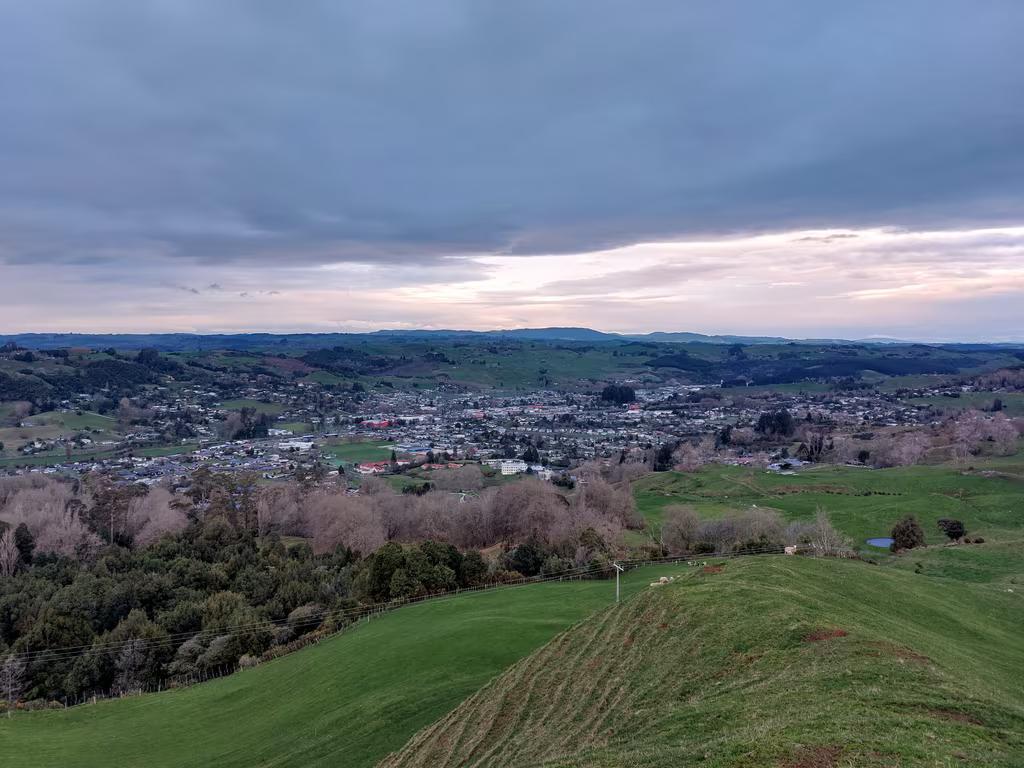
Brain drain hits the regions differently
New Zealand’s population growth has slowed ever since the borders closed in 2020, recently reaching a 33-year low of 0.2%pa. A key driver of the slowdown in population growth has been the net outflow of people from New Zealand over the last year. The reopening of our borders has encouraged young Kiwis to embark overseas, and at the same time tighter migration settings mean that relatively few migrants are arriving on our shores. In this article, we highlight how population growth is changing at a national level, how this is likely to affect the regions, and which industries will bear the brunt of a lack of workers.
Population growth slows…
New Zealand’s population growth slowed to 0.2% in the year to June 2022, the slowest rate seen in at least the last 30 years. The slowdown was almost entirely driven by changes in migration. Although migration outflows are not quite at their lowest in 30 years, the ageing of our population means that over time we are becoming increasingly reliant on migration to drive our population growth, and accordingly our population growth is more sensitive to migration.
…as net migration goes further negative
Since the closure of the borders in 2020, the number of both migrant arrivals and migrant departures have fallen. Importantly, migrant arrivals have fallen considerably more over the past two years, and are still falling, even as migrant departures haven’t dropped as much, and are now stabilising. Together, these two trends have turned net migration further negative.
Constraints at the border such as MIQ made it harder for people to enter the country, but counterintuitively this discouraged residents from leaving as they were worried about their ability to re-enter. With the border now fully open and virtually barrierless for residents to return, Kiwis can, and are, now go abroad with the comfort of knowing they can easily pop back for things like attending friends’ weddings or farewelling unwell relatives.
At the same time, the rapidly rising cost of living is prompting households to reassess their financial circumstances and where they need to be to get ahead. Inflation is rampant everywhere, but New Zealand’s cost of living is structurally higher than other countries, particularly Australia, given housing costs. We also estimate that average weekly earnings in Australia are NZ$200 per week higher than in New Zealand. Altogether, these trends are is a recipe for migration, specifically a brain drain.
Critically, we’d note that there’s always a brain drain. But usually there’s a considerably larger brain gain that masks the drain. With the collapse in this brain gain, the brain drain is dominating population movements.
Youth pack their bags
The slowdown in population growth has overwhelmingly been driven by younger age groups – especially 20-29-year-olds, which declined by 21,580 or 3.2% in the year to June 2022. This age group is really important for the labour market as they have high labour force participation and are highly mobile, making them relatively responsive to regional shifts in employment.
Many in this age group will be embarking on a pandemic-delayed overseas experience (OE), and we might expect to see them back in a few years. However, the 0–9-year-old population declined by 5,020 or 0.8% in the year to June 2022 – which suggests that families are increasingly heading abroad too, and this trend is more likely to be permanent than an OE.
Fewer migrant arrivals
Normally, arrivals of young migrants help to balance out departures. This inflow of young people includes people coming to New Zealand for a working holiday, to study, or as migrant workers. Our international education sector can now start recruiting students in earnest, but the impact of this reopening may not start to be felt until next year. Changes to our migration settings over the past three years mean dramatically fewer workers are eligible for work visas, and challenges around processing capacity mean we are yet to see migrant workers or working holidaymakers in any real numbers.
The Government recently announced a temporary loosening to migration settings – enabling employers in a limited number of sectors to access migrant workers for below-median wage jobs. The Working Holiday Scheme was also expanded. It remains to be seen how successful we will be at attracting migrant workers in a globally tight labour market, and whether Immigration NZ can process visas in time for the summer tourism peak.
Youth brain drain creates labour gaps
The exodus of youth will touch all regional economies, but the effect is likely to be concentrated in industries and regions which are more reliant on youth to make up the workforce. Overall, 23% of the workforce in the year to March 2020 (pre-pandemic) was made up of 20–29-year-olds. This share rises to 37% in accommodation and food services, 29% in administrative services (including horticultural packhouses), 29% in arts and recreation services, and 28% in retail trade. Looking at these shares through a regional lens, it is our largest cities and tourism hotspots which are most reliant on young workers, and therefore will bear the brunt of the brain drain. This reliance is of concern as the tourism sector tries to recover from the pandemic this summer.
Hit to the regions
Regions with a greater reliance on international net migration have (unsurprisingly) proven most vulnerable to the slow down in international migration in 2021. Net migration nationally went from -6,500 in the year to June 2021 to -11,500 in the year to June 2022. These trends suggest that we can expect more of the same when the subnational population estimates for the year to June 2022 come out in late October.
The populations of two of our cities – Auckland and Invercargill – declined outright in the year to June 2021. At the same time, Wellington, Christchurch, and Palmerston North grew by a negligible 0.1%.
Tough times ahead
It’s important to acknowledge that the reopening of our borders will make little difference to population growth and workforce shortfalls, and in some respects will make things worse in the short term. We are not expecting to experience a notable gain in net migration for at least two years, and before then we expect unemployment to rise off its historic lows in response to deteriorating economic conditions.
We expect a relatively tight labour market to persist over the medium to long term, as even when net migration returns to healthy, positive levels, we will face a wave of retirements as our population ages. We will explore this further in the September newsletter and client webinar.
Our population projections can help you to understand how these broad demographic trends will impact your specific community over the short, medium and long term. Please get in touch with Nick Brunsdon if you would like to find out more.

























